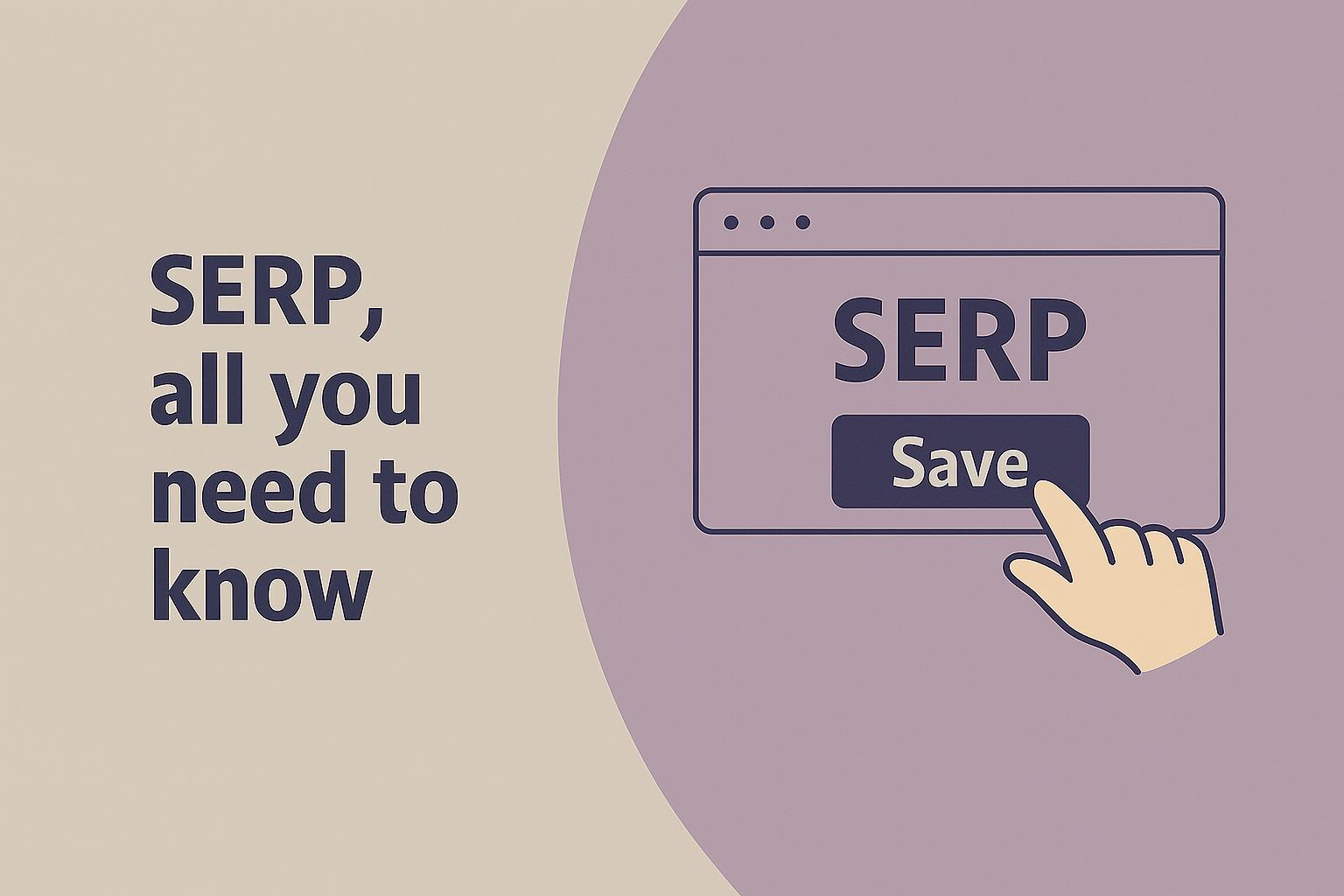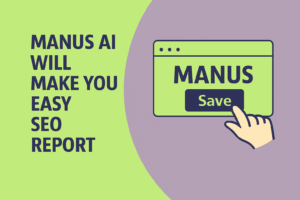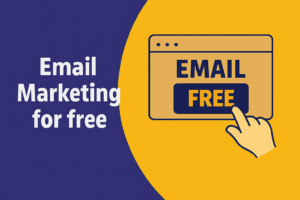SERP – Everything You Need to Know!
As aspiring website creators, you’ve likely come across the term SEO (Search Engine Optimization), and with it, the concept of SERP (Search Engine Results Page). This refers to the page of search engine results that appears in response to your query or keyword.
You probably also know that SERP is influenced by SEO—by how well a page is optimized using SEO techniques. However, this doesn’t mean the results are always the same for a given query. If we compare two users, one in Prague and one in Ostrava, both entering the same query, their results will most likely differ.
It also depends on what you’re specifically searching for. For example, if you search for “TV repair near me,” you’ll definitely see different results. And even if you search for something like “fitness trainers,” your results may vary—but many links will be similar, as SERP includes paid ads that tend to overlap and organic results from well-optimized and relevant sites.
📊 SERP Determines Traffic
Being placed among the top results on the SERP increases the likelihood of higher traffic to your website. The search engine presents the most relevant results based on the query you enter.
That’s why it’s sometimes unnecessary to aim for the top spot for a specific keyword—everyone sees different results anyway. Users often research how to choose a new cycling bike before clicking the first link that leads to a store selling them.
SERPs also present various types of content: text, images, videos, and more. A typical SERP displays a mix of organic results and paid ads. The first 1–5 positions are usually occupied by ads, with the top organic result appearing beneath them.
💸 No Pay = No Traffic?
It’s not true, as claimed by some PPC (Pay Per Click) agencies, that you can’t go far without paid advertising. Sometimes, it’s quite the opposite. Through organic search—driven by trustworthy, non-paid content—customers are more likely to trust you. They may think paid ads are just that: paid, and not necessarily credible. If your link reaches the first page of search results, you’ll likely get more traffic than you would by spending thousands on ads alone.
⚙️ How Does It Work?
Paid ads are managed via PPC systems, and their placement depends on the CPC (cost per click) and quality score. This includes expected click-through rate, ad relevance, landing page experience, the effectiveness of ad extensions, and more.
Search results generally appear based on how well the user’s query matches keywords on the website. The query reflects a potential customer’s needs—whether a specific product, brand, or type of item.
Optimization aims to achieve the highest possible placement on the search results page. Higher positions improve the likelihood of quality clicks and completed conversions (considering other SEO factors).
The most desirable position is the so-called “zero” position—featured snippet. Preferred placements include positions 1–3 for strong visual impact. Positions 4–10 still appear on the first page of the SERP and offer further optimization potential.
📰 Search News: In recent months, Google has been testing continuous scrolling in SERPs in the U.S. without traditional pagination. It remains to be seen whether (and when) this feature will be implemented for the European market.
📐 Result Formats
In addition to distinguishing between paid and organic results, SERP results can also be categorized by format and placement. You’re not limited to plain text—Google offers visually appealing formats that help your content stand out and be more discoverable.
🖼️ Images
Product images (shopping results) typically appear above organic listings. Since 2009, they can also be displayed on the right—often as a moving carousel. They can be supplemented with price info, reviews, and star ratings. If the query is too general and doesn’t refer to a specific product, generic images from Google Images will appear.
📌 Knowledge Panels and Cards
If a user searches for a specific business, Google may display knowledge panels or business info cards. These draw on publicly available data that isn’t always editable. An exception is your own business card, where you can add contact details, opening hours, FAQs, and reviews.
📍 Local Pack
For mobile searches involving local services, Google highlights the “local pack”—a section with a map and details like address, website, phone number, or pricing. This format appears above organic results and is crucial for local visibility.
📽️ Videos
Search results often feature videos—primarily from YouTube, but other platforms too. This visual format typically increases user engagement and supports conversions.
🔗 Sitelinks
When searching for a company, users may see expanded sitelinks to subpages—typically 5–8 links in two columns. These links boost click-through rates and enhance brand credibility. They usually appear in the top 5 organic results.
🌟 Featured Snippets
At the pinnacle is the featured snippet—an authoritative result that summarizes the answer to a search query. It can be a paragraph, list, or table and includes the website’s name and URL. Achieving this “zero position” offers maximum visibility and virtually guaranteed clicks.





